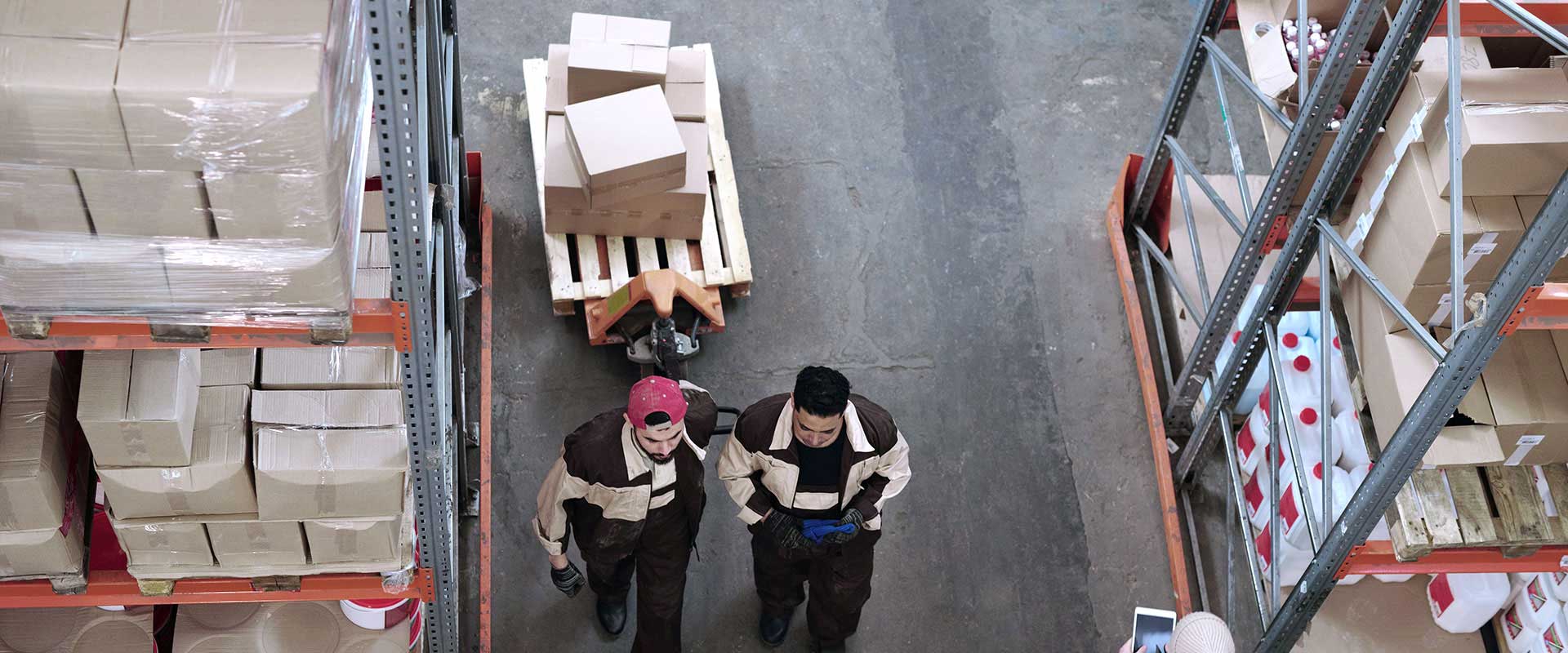If the last few years of empty supermarket shelves and ‘out of stock’ labels online have taught us anything, it’s that supply chain visibility (SCV) - that is, being able to track and analyze each step in the supply chain from production to distribution in real time - has never been more important.
Supply chain visibility can give an organization the ability to monitor everything from stock levels of different products across all their suppliers to how many packages are on board their delivery fleet at any given time, and hundreds of things in between.
At its most basic, this visibility gives organizations the ability to spot potential issues before they occur, ensuring no shelf is left empty and customers are receiving real time updates on when to expect their delivery.
Harnessed with the right tools, however, this visibility can help organizations streamline and optimize their operations from production through to delivery, in turn providing significant cost savings and boosting productivity.
It all starts with data - but with millions of data points to track across locations as varied as suppliers, factories, warehouses, and hundreds if not thousands of delivery vehicles, it’s difficult for organizations to keep on top of tracking and using their data.
What is ‘good’ data vs ‘bad’ data?
In 2012, the New York Times proclaimed that it was “The Age of Big Data”. More than a decade later, organizations indeed have access to big amounts of data, but few are actually making the most of it.
With all the data now readily available comes the challenge of separating so-called ‘good’ data from ‘bad’ data. At its core, good data is simply useful and actionable data that can help an organization to make better, more informed decisions on everything from everyday improvements to longer-term strategic planning.
Bad data, on the other hand, is anything that doesn’t actually assist an organization in making the decisions it needs to make. For example, an organization’s data may show that a large proportion of their customers are aged 65 and above, but if it doesn’t use age to make decisions about any element of its operations or product offering, then this isn’t a data point this particular organization needs to know.
When it comes to supply chain visibility, good data should be:
- Timely: is the data updated by the minute or the day, or for example, is it showing stock levels from a week ago?
- Reliable and accurate: is the data coming from sources that can be trusted to provide accurate information? For example, a delivery vehicle with a GPS whose tracking is often showing it’s in a nearby river can’t be relied on.
- Tracking relevant data points: can the data provide valuable insights relevant to the organization, or is it information that, though interesting, doesn’t actually have any bearing on the operations?
- Accessible: is it easy to view and access the data when it’s needed, or is it trapped in systems that don’t offer customers easy data visualization or extraction?
When it comes to supply chain visibility, ensuring you’re working with good data is crucial.
How to make the most of your supply chain data
Identifying good data isn’t the end of the process - the next step is finding simple ways to make sense of it, and identify actions to take from it.
For the data scientists among us, delving into millions of intricate data points might be a fun day at work, but for others, that’s where logistics software like Adiona can help. By allowing organizations to integrate various data sources from across their entire operation, Adiona can provide transparency and insights across the supply chain from end to end.
For example, Adiona can help:
- Surface important trends and updates on inventory and demand
- Identify handling steps (sorting, packing, scanning) that are causing delays and bottlenecks
- Identify underperforming prioritizations, FIFO, or vehicle packing processes
- Spotlight over or under-utilized assets
- Eliminate inefficient manual or semi-automated scheduling, booking, or routing practices
- Reduce utilization variations across fleets causing instability
- Plan and optimize hundreds of thousands of stops across a delivery network
- Identify and avoid last-mile delays due to various factors including parking, traffic, road closures, or weather
This type of end-to-end visibility empowers organizations with everything from immediate improvements on sales forecasting, route planning, and customer service, to longer-term strategic decision making on investments such as a new, more fuel-efficient delivery fleet.
To find out how Adiona can help, get in touch today.

